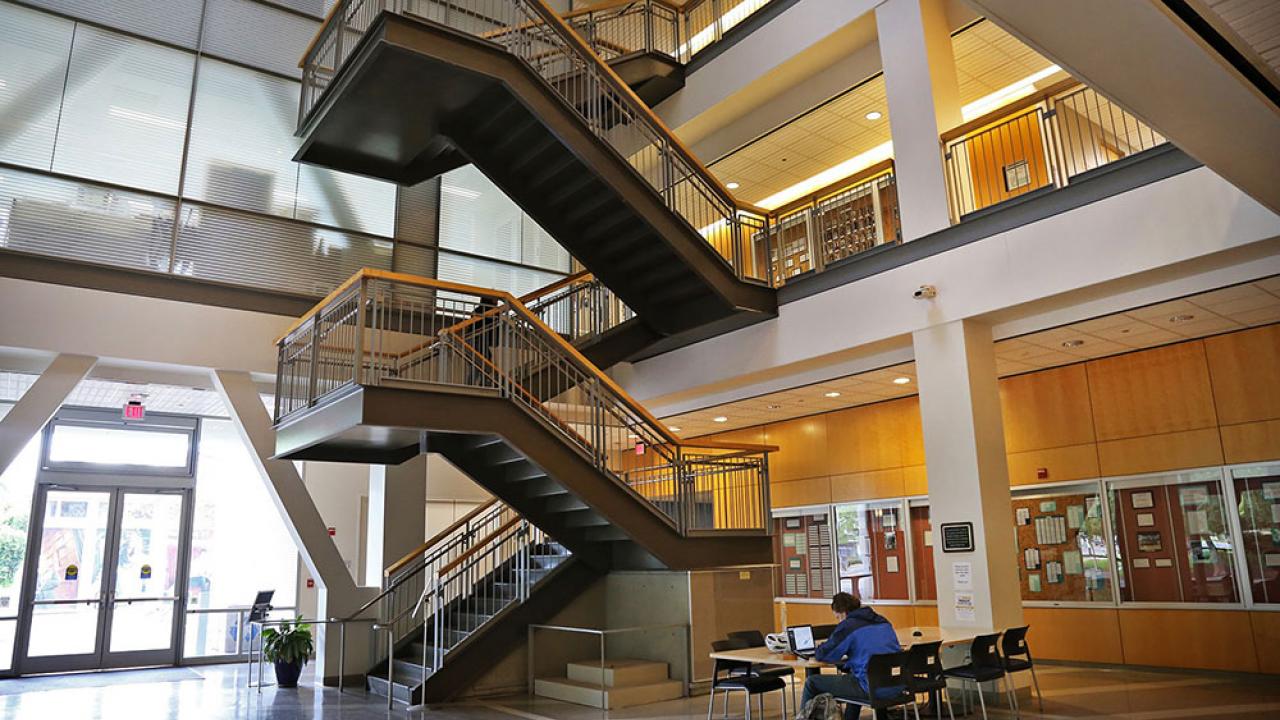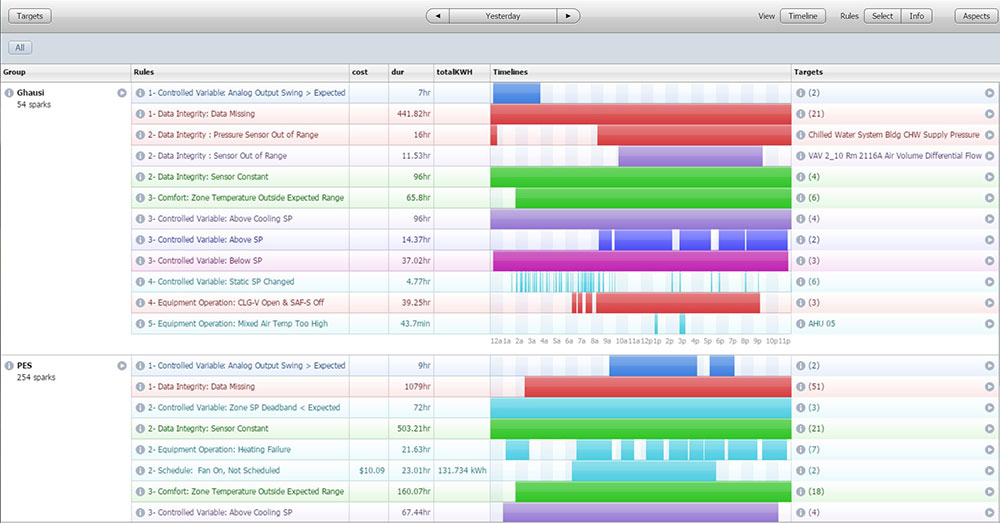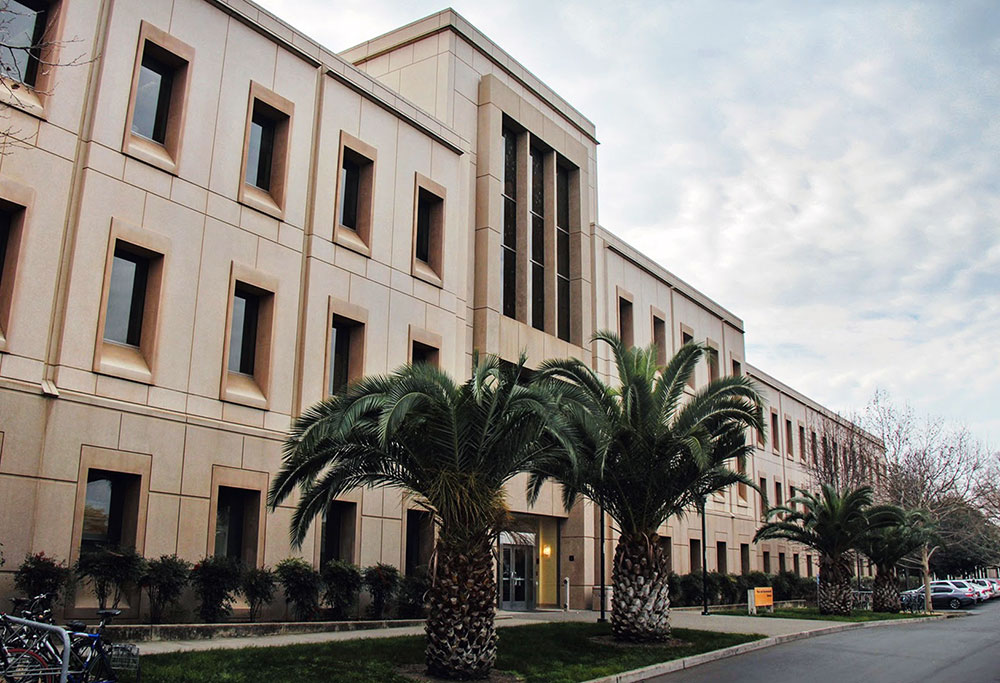
UC Davis Earns National Recognition for Energy-saving Innovations
By Nicole Nguyen
With creative solutions that are projected to reduce energy costs by millions, UC Davis’ Energy and Controls team came out on top in the first award cycle of the Smart Energy Analytics Campaign, sponsored by the U.S. Department of Energy.
The campaign encourages the use of Energy Management and Information Systems (EMIS), which compares energy usage with performance goals, and makes data visible for building improvement. In competition with peer universities and large companies across the country, UC Davis was recognized by the Department of Energy for its innovative use of EMIS and other technologies.

UC Davis’ SkySpark fault detection and diagnostics software (FDD) constantly monitors pressure, smoke, and temperature sensors. Sam Cole, one of the project engineers, says “We’ve found significant savings related to failed sensors.”
The campus has installed the software in two laboratory buildings as pilots for the software: Ghausi Hall and Plant and Environmental Sciences. Labs are the most energy intensive, with the most potential savings. The pilots were a major success, already reducing energy costs by $175,000.
UC Davis pledges to implement all campus buildings -- 8 million sq. ft. – with EMIS control systems like FDD to increase savings exponentially. Within the next year, the projects are projected to save $500,000 - $1 million annually. Once the team equips all of UC Davis with the software, they expect savings to be as high as $5 million.
To keep building occupants informed about energy usage, UC Davis created an online energy information system (EIS), called the Campus Energy Education Dashboard. It provides live and historical data on electricity, steam, and chilled water, compares a building’s energy usage with another site, and ranks all buildings by Energy Use Intensity (EUI).

“People can’t act on energy use if they don’t know how much they use and how it’s changing over time,” says Kiernan Salmon, EIS project developer, “EIS does this for both the campus community and our team.”
Occupants can also report temperature feedback with the interactive website, TherMOOstat. The website displays an aggregated quarter’s report to help facilities staff address individual issues and prioritize which buildings need maintenance. 6,200 users have already submitted feedback via TherMOOstat, with hundreds of new users joining every month.
UC Davis’ software projects have already saved thousands in energy costs, with millions more once the team implements FDD throughout campus. Web-based dashboards publicize energy use, collect feedback, and determine facility priorities by engaging building occupants. With a combination of EMIS technologies, UC Davis earned a well-deserved spot at the top of the Smart Energy Analytics Campaign.
Nicole Nguyen is a student communications intern for the UC Davis Division of Finance, Operations, and Administration